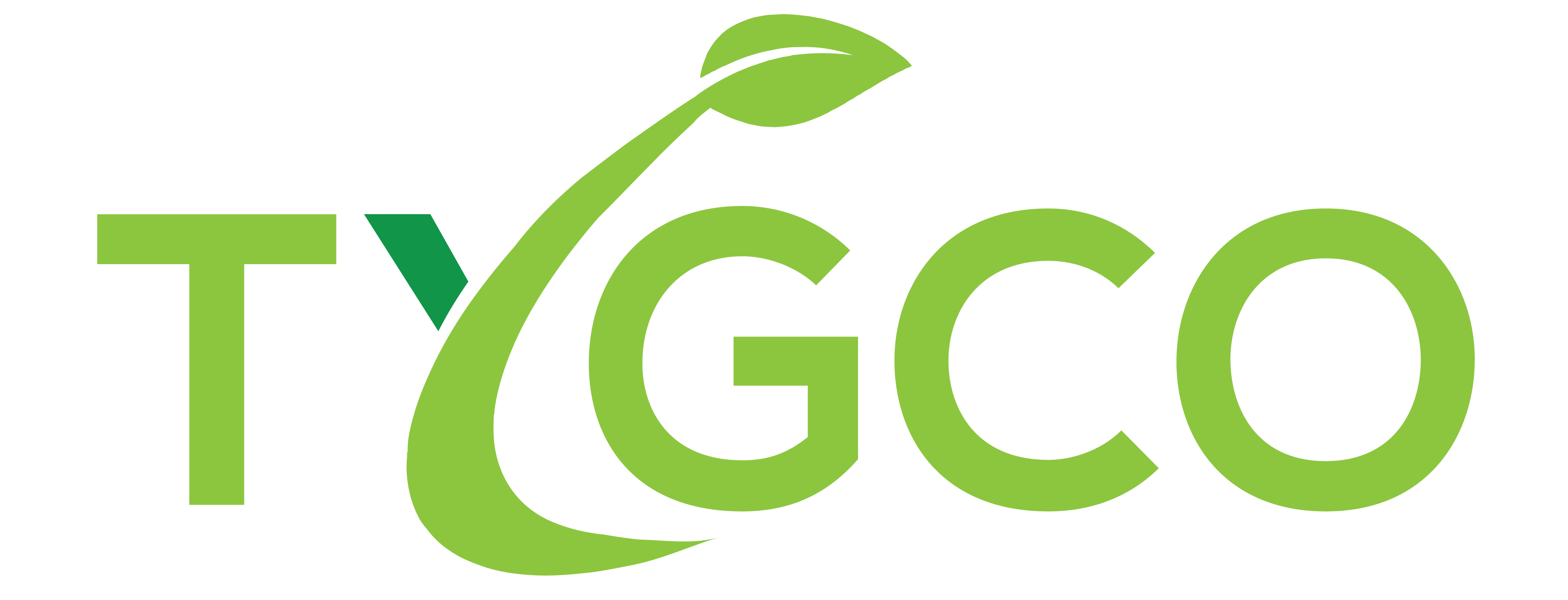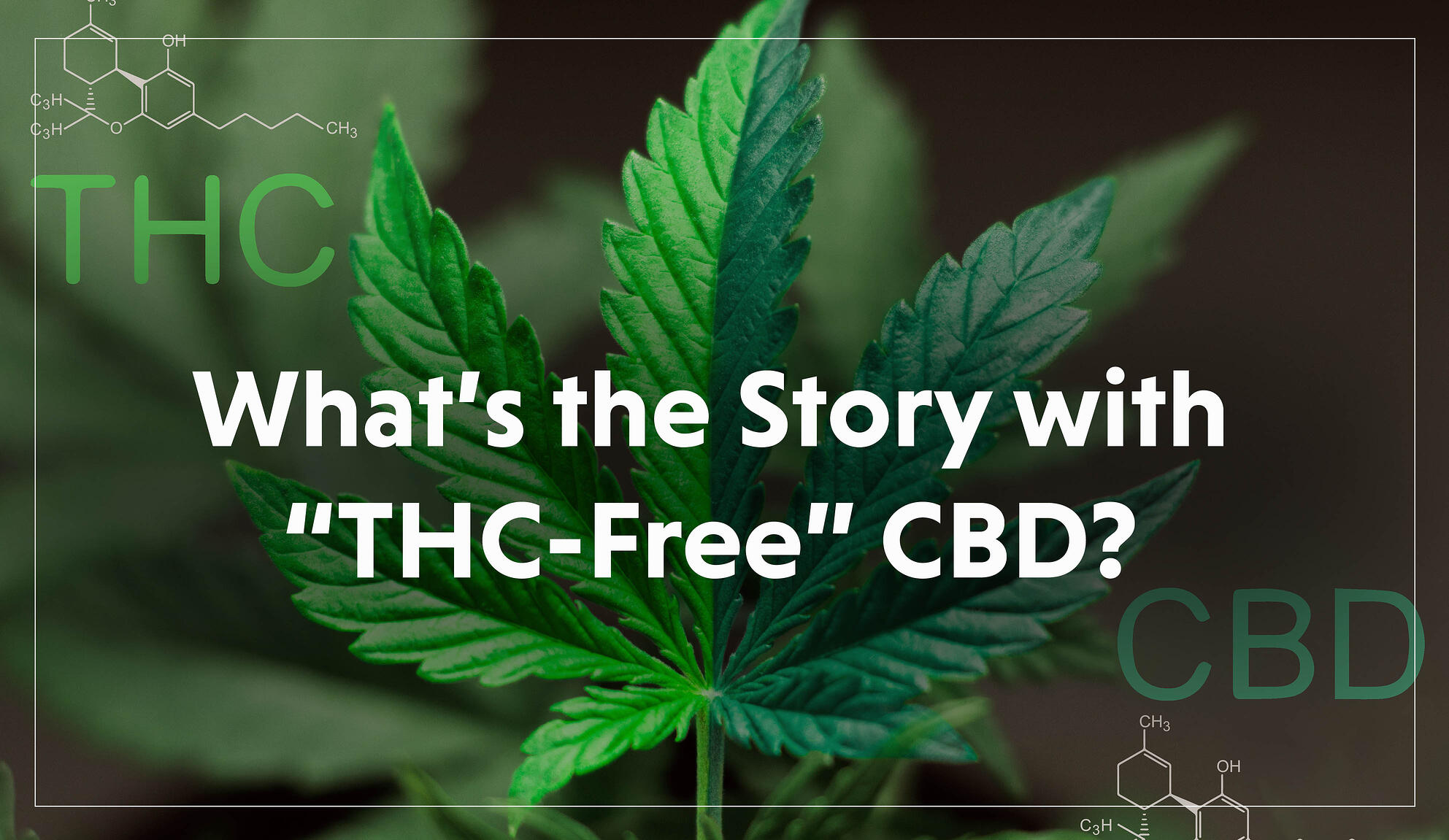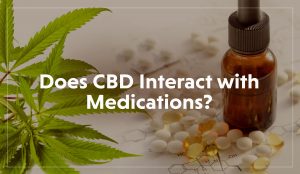There’s a growing interest in CBD products that are labeled THC-Free. What does that mean, anyway? And why is having a “THC-Free” CBD product desirable in the first place? The short answer: It isn’t.
THC-Free isn’t really natural
First of all, “zero” anything in a botanical extract is next to impossible to achieve, and would certainly not be a “natural” product since it would need to be highly processed to remove all traces of whatever it was “free” from (in this case, THC). And while it’s possible to do that, it’s a strategy much more suited to the world of pharmaceutical medicine than it is to the world of natural products. Pharmaceutical companies isolate a molecule so that they can patent it. But in nature, molecules—and vitamins, minerals, phytochemicals and all the rest of the wonderful things in foods and oils—work together in a synergistic way. The whole is always more than the sum of its parts.
The desire to banish all traces of THC from a CBD product—even that paltry .03 percent (1/3 of one percent) residue permitted by the government—is ill-advised. (For comparison, a CBD-dominant strain of marijuana can contain anywhere from 6% to 40% THC. The lowest amount of THC found in any advertised strain is a vanishingly low .42%, yet that it still over the .3 percent permitted in hemp products, so it can’t be used to make a full-spectrum hemp oil).
No chance of getting “high”
It’s important to remember that people who get their CBD from legal marijuana, rather than from hemp, consider strains of up to 6% THC essentially non-psychoactive. That’s because—up to a point—CBD completely counteracts the “psychoactive” effects of THC. (That point is around 6%.) The amount of permitted residual THC in full-spectrum hemp is less than 1/3 of one percent. Even if there was the possibility of a psychoactive effect from that amount—and there doesn’t appear to be—it would be totally wiped out by the CBD.
The notion that we must ban all THC from our CBD products—even the virtually undetectable amount permitted by the government—was born out of a prejudice that can best be summed up as “THC = BAD! CBD = GOOD!” But this is an unfortunate—and inaccurate—misconception.
It’s all about synergy
Serious scientists investigating the medical benefits of cannabis are nearly unanimous that the effects of these two famous cannabinoids (THC and CBD) are synergistic. THC itself also has a number of potential medical uses. For example, studies indicate that it can inhibit an enzyme that’s involved in forming the kind of plaque that’s found in the brains of Alzheimer’s patients.(1)(2). In fact, several states have added Alzheimer’s to the list of conditions for which people can purchase medical marijuana.(3)
If you think THC-Free is better, think again
CBD doesn’t make you high like THC does, and the amount of residual THC found in full-spectrum hemp oil wouldn’t get a gnat high. But having a full-spectrum oil may very well produce added benefits that accrue from the synergistic activity of various compounds like terpenes, flavonoids and other cannabinoids. And yes, that includes the tiny amount of THC that comes along for the ride.


